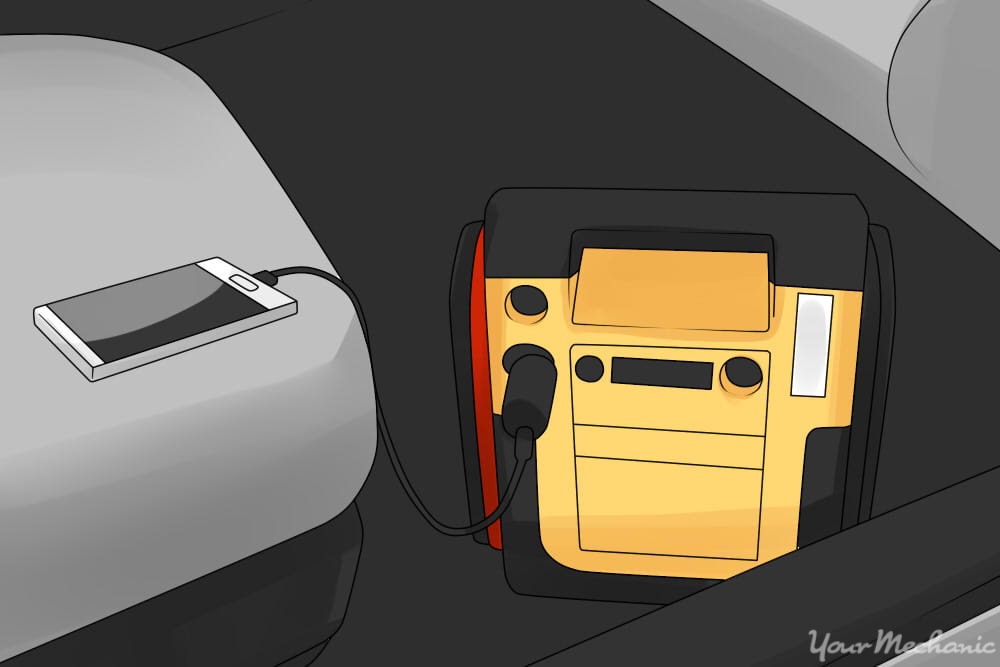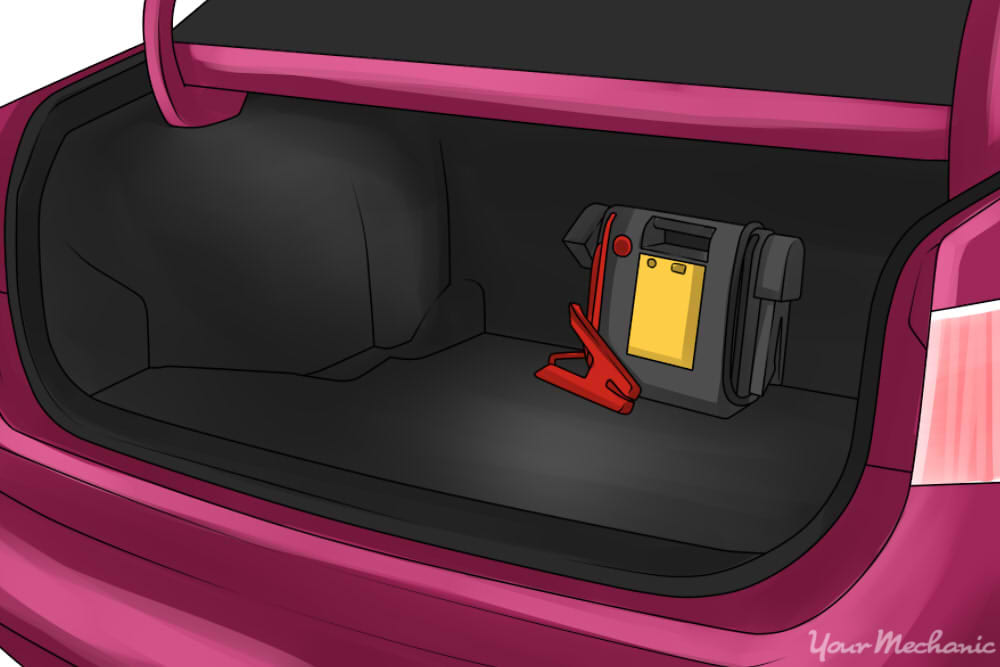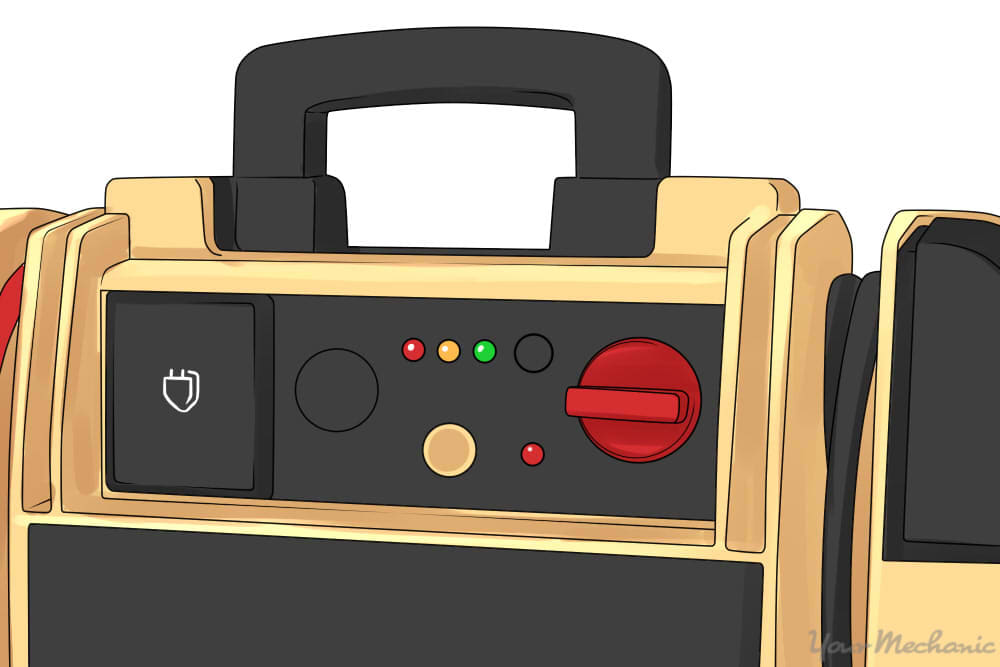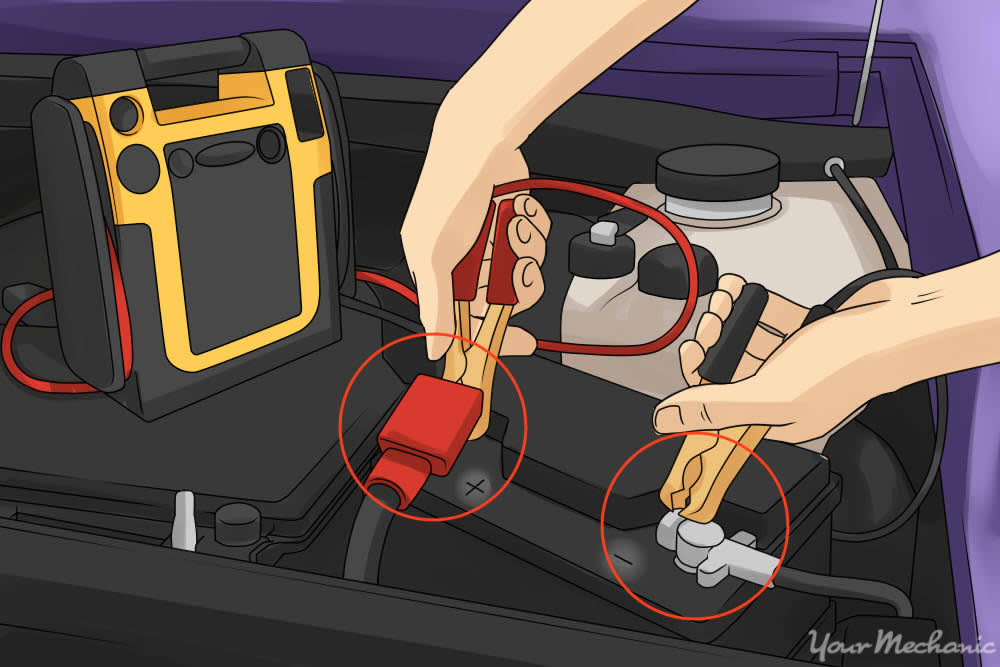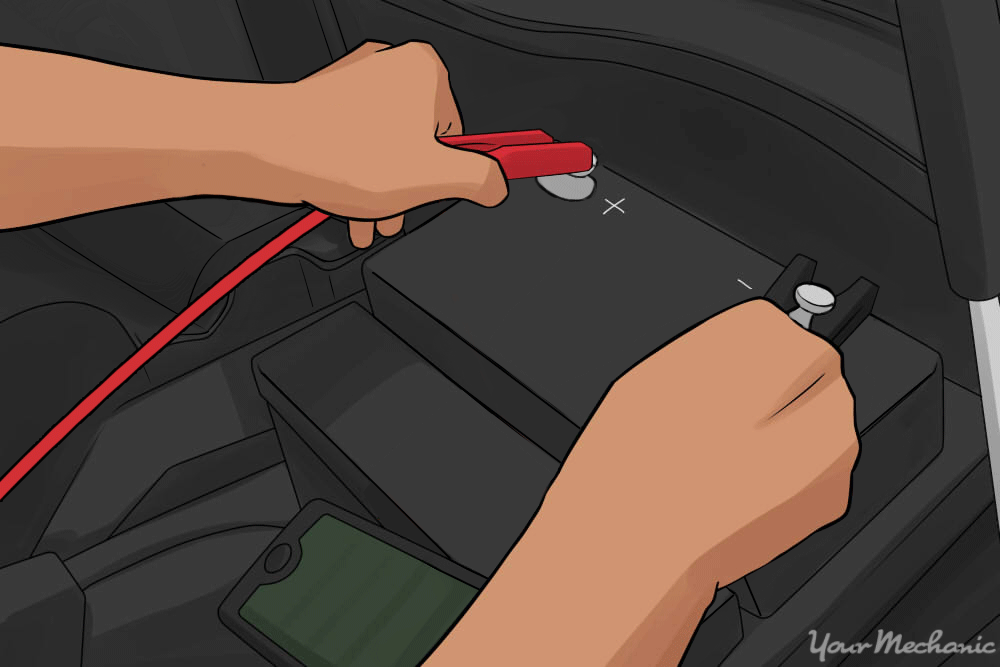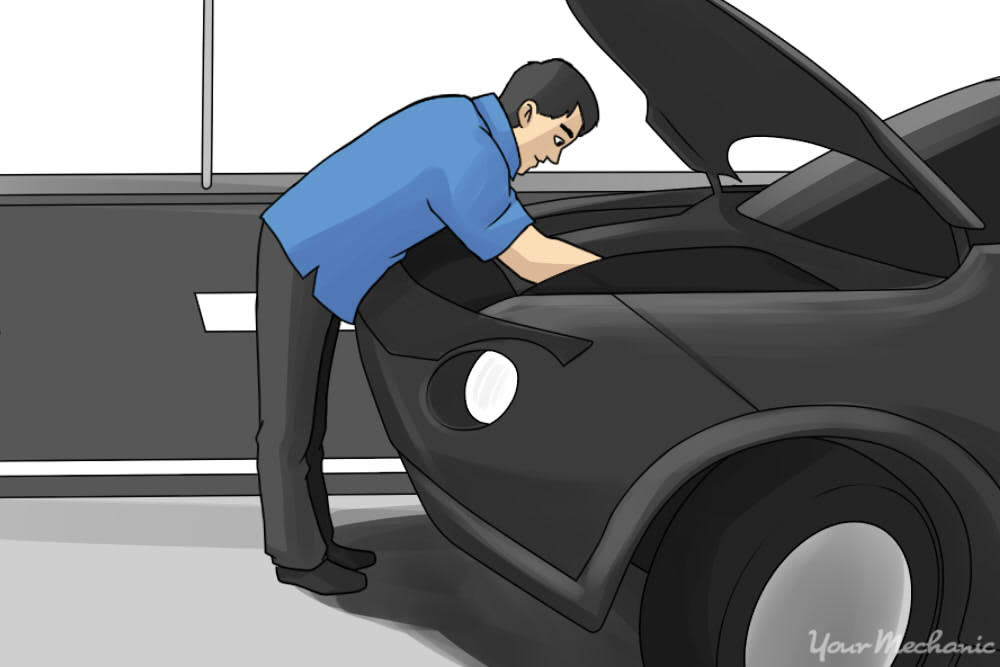

Most people who have been around cars for a good chunk of their lives have experienced the hassle and inconvenience associated with a dead battery. Sometimes it simply happens in the owner’s driveway, which is really the best case scenario, and sometimes it happens when the car is parked somewhere far from home.
The usual procedure, if you have a set of jumper cables, involves hanging around your stranded car and trying to flag down someone with a running car. Then you have to go through the process of hooking the cars together and having the running vehicle charge the battery in the dead one.
To avoid having to deal with jumper cables, many motorists on the road carry with them a portable battery charger, often called a “battery booster”. This device is a source of electricity capable of giving the battery enough of a boost that it can power the starter and start the engine. Once the car is running, the alternator will finish recharging the battery over the course of 20-30 minutes.
Part 1 of 3: Getting a battery booster
Step 1: Decide which booster you need. First, look at what you need in a battery booster. There are a variety of sizes and styles available, so here are a few things to consider before deciding:
In a small car, it is important to save space. Luckily, small cars have small engines, and that means that the starter motor is not particularly large, and that a battery booster the size of a portable hard drive can charge the battery enough to start the engine.
There are a number of small battery boosters on the market, and some even double as a portable charger for cellphones and tablets. The drawback is that there is a limit to the amount of charge they can carry, so most engines over 3.0 liters need something larger.
You can find the size of your car’s engine in your owner’s manual, on the EPA sticker under the hood, or calling the manufacturer with your VIN.
In a full size car, a crossover, or an SUV, there is usually enough trunk space to hold a medium-size battery booster, and the advantage of the larger size is not only the edition of more capacity and power, but the extra features the larger format offers. Many have portable air compressors, power outlets for standard electronics, lights, and any number of other add-ons.
In a large truck of SUV, or in any vehicle that will see off-road use, it is advantageous to carry a large battery booster. These are decked out with useful features, but they have a large footprint that most customers would consider excessive. Those running auxiliary lights for off-road use have a high likeliness of running down their battery, and off-road driving usually involves deflating and inflating tires, which the built-in air compressor helps with. Because of this, the large size is a justified trade-off.
Step 2: Prepare the battery booster. Get the booster that’s going to be used ready by making sure the booster itself is fully charged. Many models are designed to sit for a long period of time without losing charge, but check the manual of your specific model to see how frequently the manufacturer recommends recharging the unit.
Once the booster is charged, find a reliable but out of the way spot to store the booster inside the car. Due to its weight, it should be secured so that it does not become a hazard in a crash. Small boosters can be stored in the glove compartment, while larger units may need to be strapped down in the storage area.
Part 2 of 3: Using a battery booster
Step 1: Open the hood. As soon as you find that the car is not starting then the key is turned in the ignition, turn the car off completely and remove the key.
Pop the hood if the battery is located in the front of the car.
Some cars have the battery located in the trunk, so if this is the case don’t pop the hood.
- Tip: Make sure the hood is propped up securely when working under it - some cars have hydraulics that hold it up, while others have to be propped up with a metal rod.
Step 2: Set the booster to the correct setting. Now make sure the booster is set to the correct setting to charge the car battery.
Some have a selector switch to change between modes of operation, and most need to be switched on to work.
There should be clear directions right there on the booster, but always read the manual first (or tape the manual to the back of the booster for reference) to make sure you know the basic procedure before heading out.
On some boosters, you have to select either 12V or 24V before charging the battery. Most modern cars use a 12V battery, but always double check.
Step 3: Attach the clamps. There will be 2 clamps at the end of a cable, or pair of cables, that are designed to be connected to the terminals of a car battery.
One will be black and one will be red.
The red clamp should be connected to the positive terminal, marked with a +.
The black clamp should be connected to the negative terminal, marked with a -.
Step 4: Charge the battery. The time it takes to charge the battery enough to allow the engine to start varies, some will take as little as 30 seconds and some require 5-10 minutes.
After a minute or two, try again to start the engine. Only use the starter for 10 seconds or less on each attempt.
If the engine does not start after waiting 2 minutes, for example, you should remove the keys and then wait 3-5 minutes before trying again. The booster will be charging the battery the whole time it is connected.
Eventually, this process should result in the engine starting up.
Part 3 of 3: After the car is started
Step 1: Remove the clamps. Remove the black clamp from the negative terminal first and re-attach it to the battery booster.
Then it is safe to remove the red clamp from the positive terminal and store that as well.
Step 2: Run the engine. Let the engine run for 10-15 minutes with all the accessories turned off before turning it back off. The alternator will charge the battery up in that time, and any less time could result in the car failing to start on the next attempt.
Step 3: Recharge your battery booster. Recharge the booster as soon as you can so that if the situation springs up again, it will be ready for action.
If there is an issue with the battery, alternator, or wiring then the battery may die repeatedly until the problem is repaired. Because of this, it is very important to keep your battery booster fully charged and to keep it with you on every journey. Have your battery or charging system serviced as soon as possible to fix the problem. A certified mechanic from YourMechanic can come to your home or office to service or replace your battery at your convenience.


